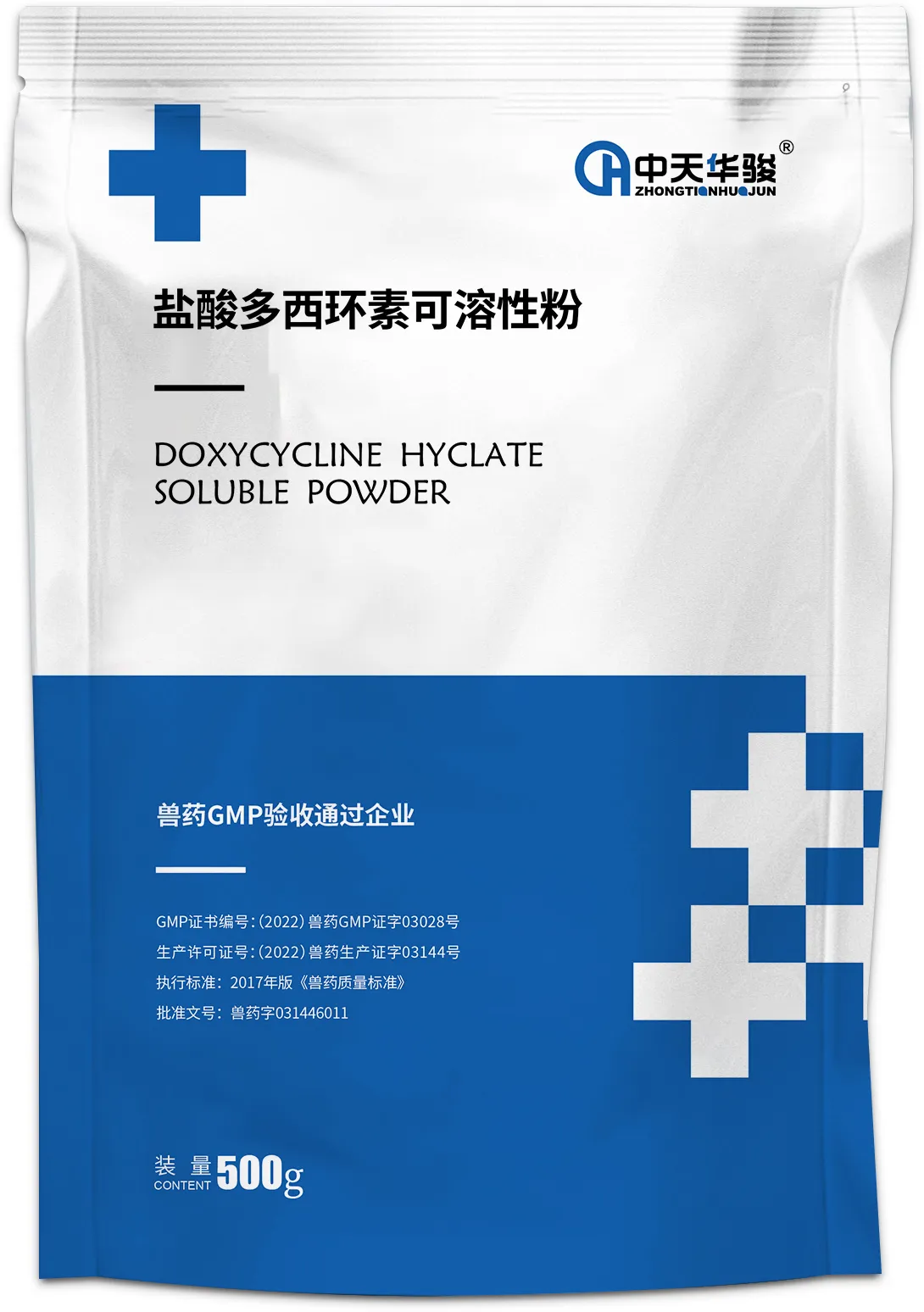
Aug . 12, 2024 09:56 Back to list
Exploring the Production Process and Quality Control of Norfloxacin Tablets in Pharmaceutical Manufacturing
The Manufacturing Process of Norfloxacin Tablets A Comprehensive Overview
Norfloxacin, a synthetic fluoroquinolone antibiotic, is extensively used for the treatment of various bacterial infections, particularly in the urinary tract and gastrointestinal system. Its efficacy in eradicating susceptible bacterial strains makes it a valuable asset in the pharmaceutical arsenal. This article delves into the manufacturing process of norfloxacin tablets, highlighting the critical stages involved and the strict quality control measures necessary to ensure a safe and effective product.
Raw Material Sourcing
The journey of norfloxacin tablet production begins with the sourcing of raw materials. The primary ingredient, norfloxacin itself, is synthesized through complex chemical processes that require pharmaceutical-grade reagents and solvents. Additionally, excipients such as binders, disintegrants, fillers, and coatings are sourced to enhance the tablet's performance, stability, and patient compliance. The selection of high-quality raw materials is critical because impurities can compromise the drug's efficacy and safety.
Synthesis of Norfloxacin
The synthesis process of norfloxacin is a multi-step chemical reaction involving various intermediates. This process typically includes processes like cyclization and fluorination. After the synthesis, norfloxacin undergoes extensive purification to eliminate unreacted materials and by-products. High-performance liquid chromatography (HPLC) is often used to ensure the desired purity levels, typically above 98%. Regulatory agencies like the FDA set stringent requirements for the quality of active pharmaceutical ingredients (APIs).
Formulation Development
Once the active ingredient is obtained, the next step is formulation development. This is where pharmaceutical scientists determine the optimal combination of excipients to create a stable and effective tablet. Factors such as the tablet's release profile, taste masking, and ease of swallowing are critical considerations during this phase. The formulation usually involves blending norfloxacin with excipients, followed by granulation — a process that improves the flow characteristics of the powder blend.
norfloxacin tablet factory

Compression and Tablet Coating
The granulated mixture is then fed into a tablet press, where it is compressed into tablets under controlled conditions. This step requires careful monitoring of pressure and speed to ensure uniformity and consistency in tablet size and weight. After compression, the tablets are often coated to enhance their appearance, protect them from environmental factors, and control the drug release rate. The coating process involves applying a thin layer of polymer or sugar-based materials to the tablet surface.
Quality Control and Assurance
Quality control (QC) is a paramount aspect of the norfloxacin tablet manufacturing process. Each batch undergoes rigorous testing for various parameters, including dissolution rate, hardness, and disintegration time. These tests ensure that each tablet meets specified pharmacopoeial standards. Microbiological testing is also conducted to detect any potential contamination. Quality assurance (QA) departments work tirelessly to ensure compliance with Good Manufacturing Practices (GMP) and regulatory guidelines throughout the manufacturing process.
Packaging and Distribution
After passing all QC tests, the norfloxacin tablets are packaged in moisture-proof and tamper-evident containers to maintain their integrity during storage and distribution. Proper labeling with dosage information and storage instructions is critical for safe consumer use. The final product is then distributed to healthcare facilities, pharmacies, and wholesalers, ensuring that patients have access to this essential antibiotic.
Conclusion
The manufacturing of norfloxacin tablets is a complex process that requires meticulous planning, attention to detail, and strict adherence to quality standards. From raw material sourcing to final packaging, each step is designed to ensure that the end product is safe, effective, and of the highest quality. As antibiotic resistance continues to be a growing concern globally, the importance of maintaining stringent manufacturing processes for medications like norfloxacin cannot be overstated.
-
Premium China Bacillus Subtilis Supplier & Factory Solutions
NewsJul.30,2025
-
Premium Avermectin Supplier in China | Custom Solutions Available
NewsJul.29,2025
-
China Bacillus Subtilis Supplier - Custom Factory Solutions
NewsJul.29,2025
-
China Salivation: Leading Custom Salivation Supplier & Factory Solutions
NewsJul.29,2025
-
Leading Lincomycin Hydrochloride Manufacturer & Supplier with High Purity
NewsJul.29,2025
-
Bio-Enzyme Yogurt Growth Promoter Factory - Top Quality Manufacturer & Supplier
NewsJul.28,2025




